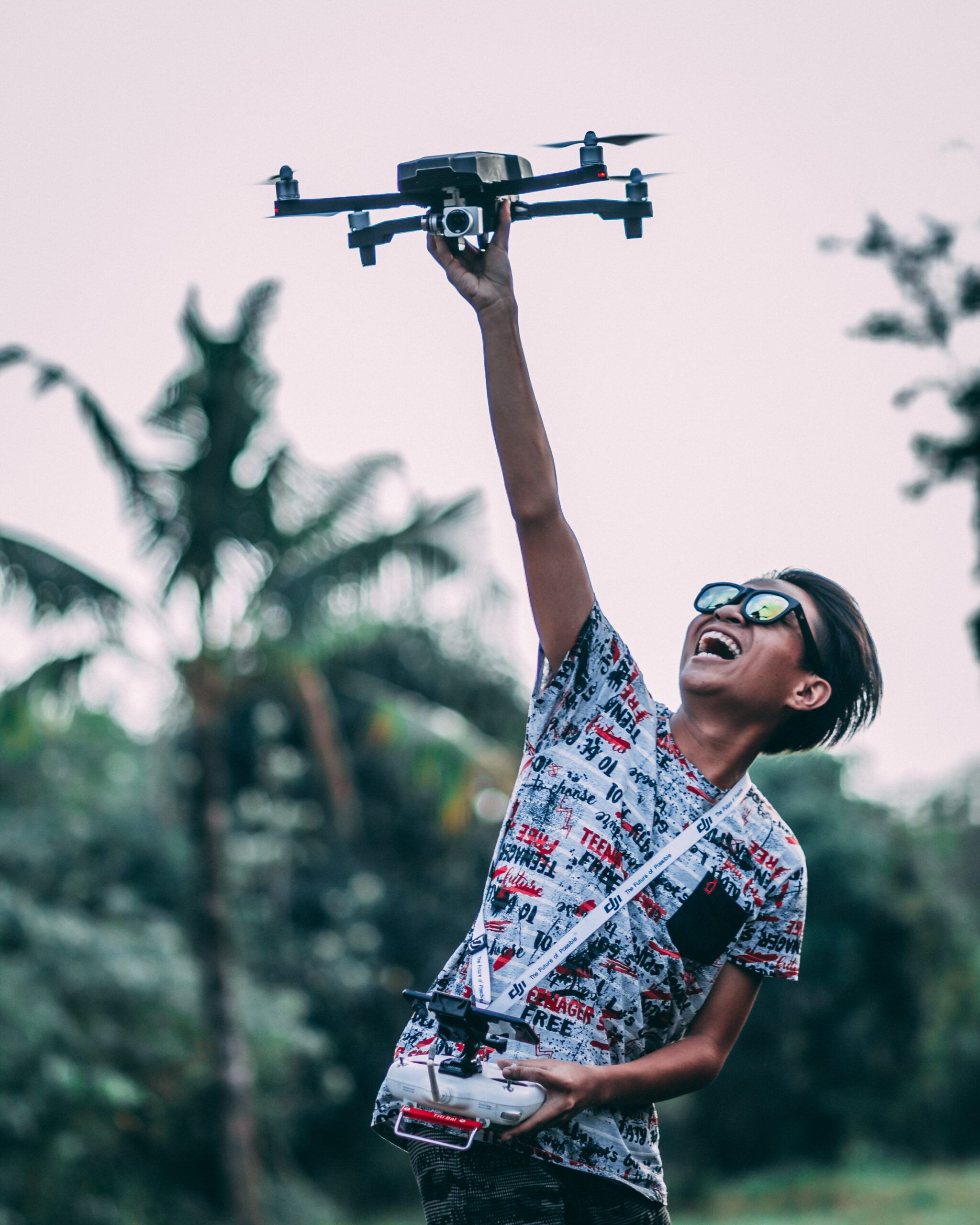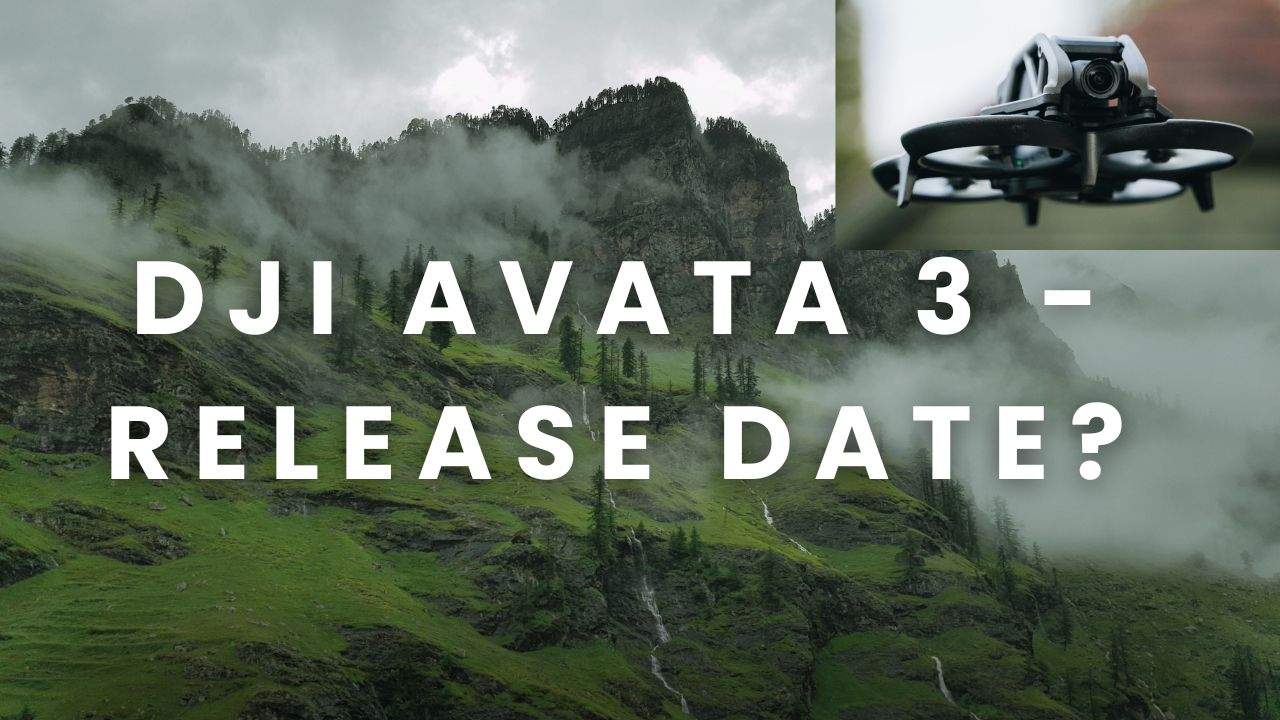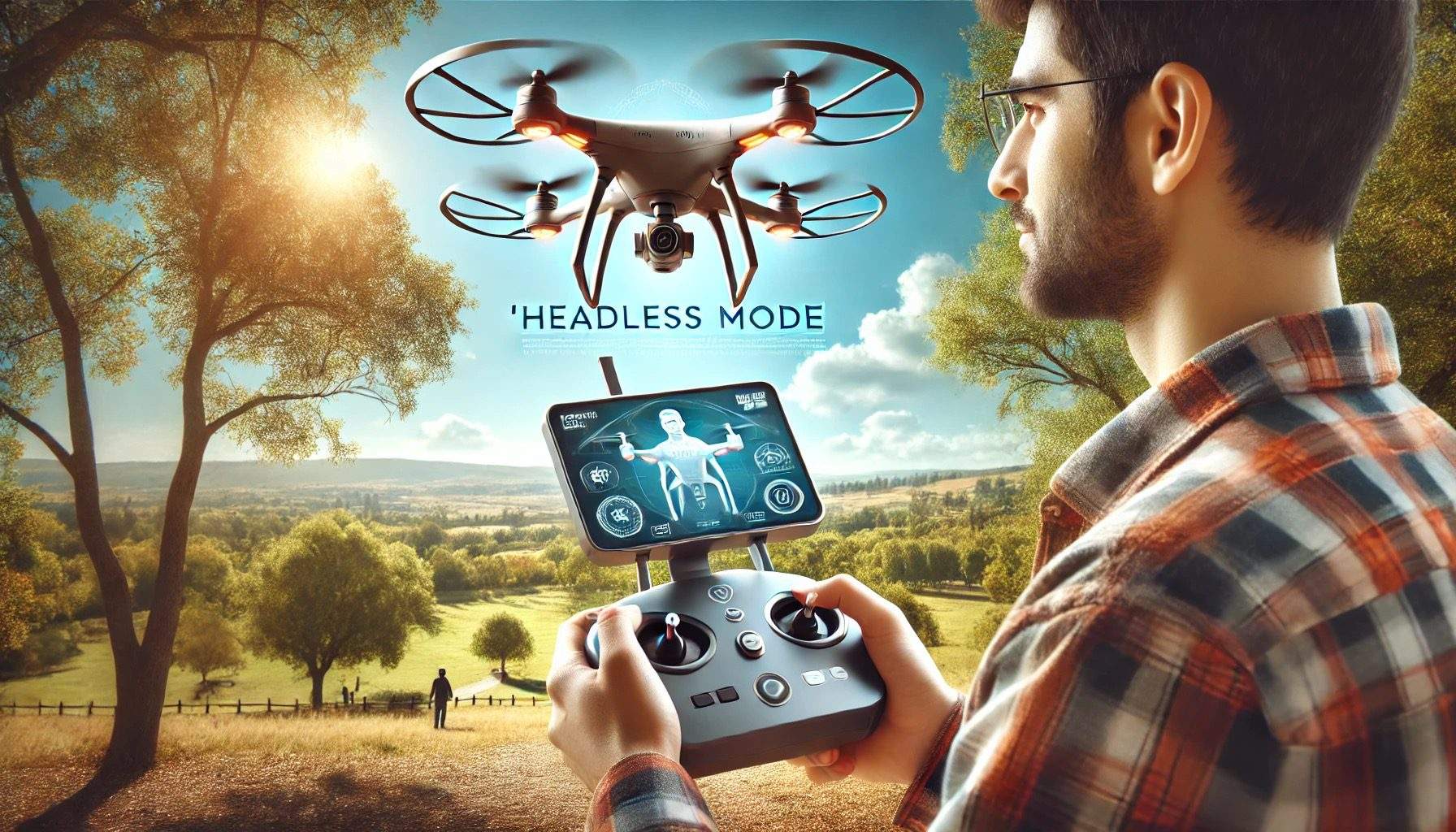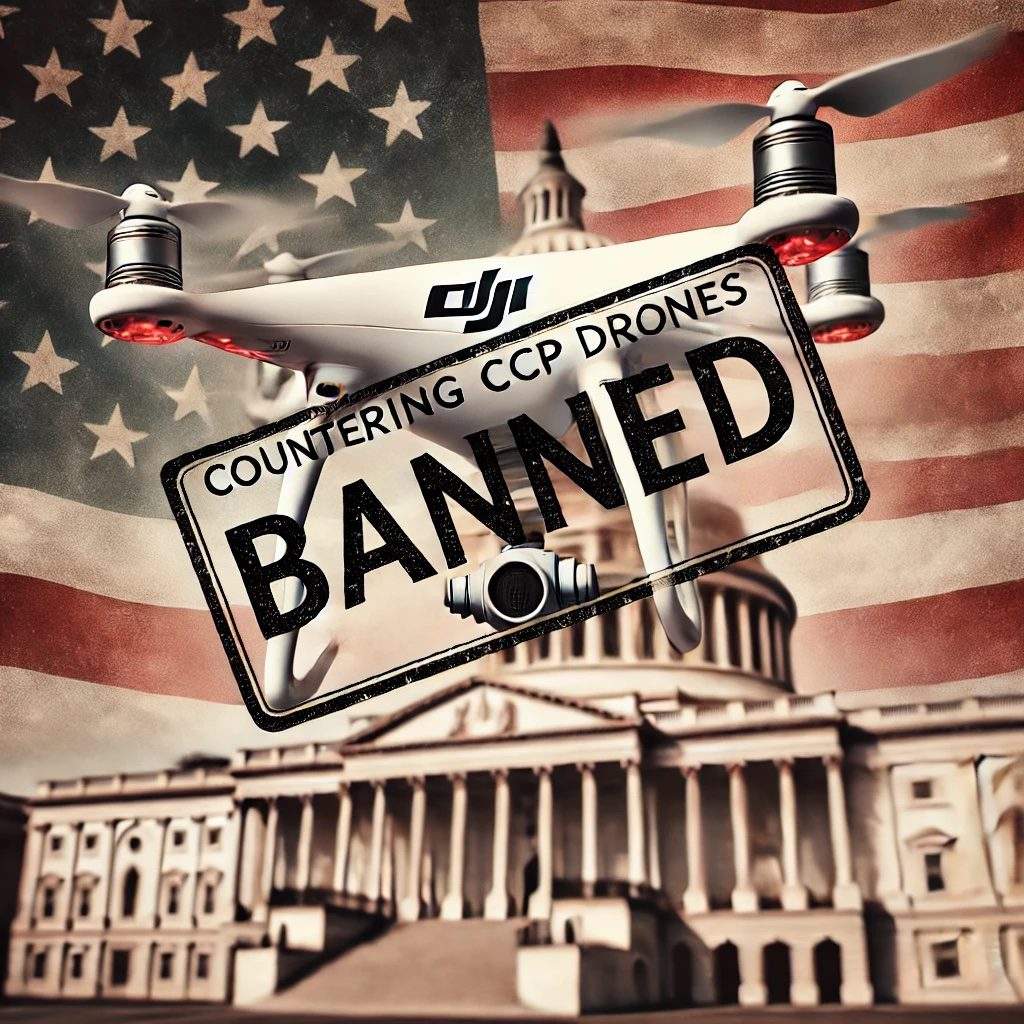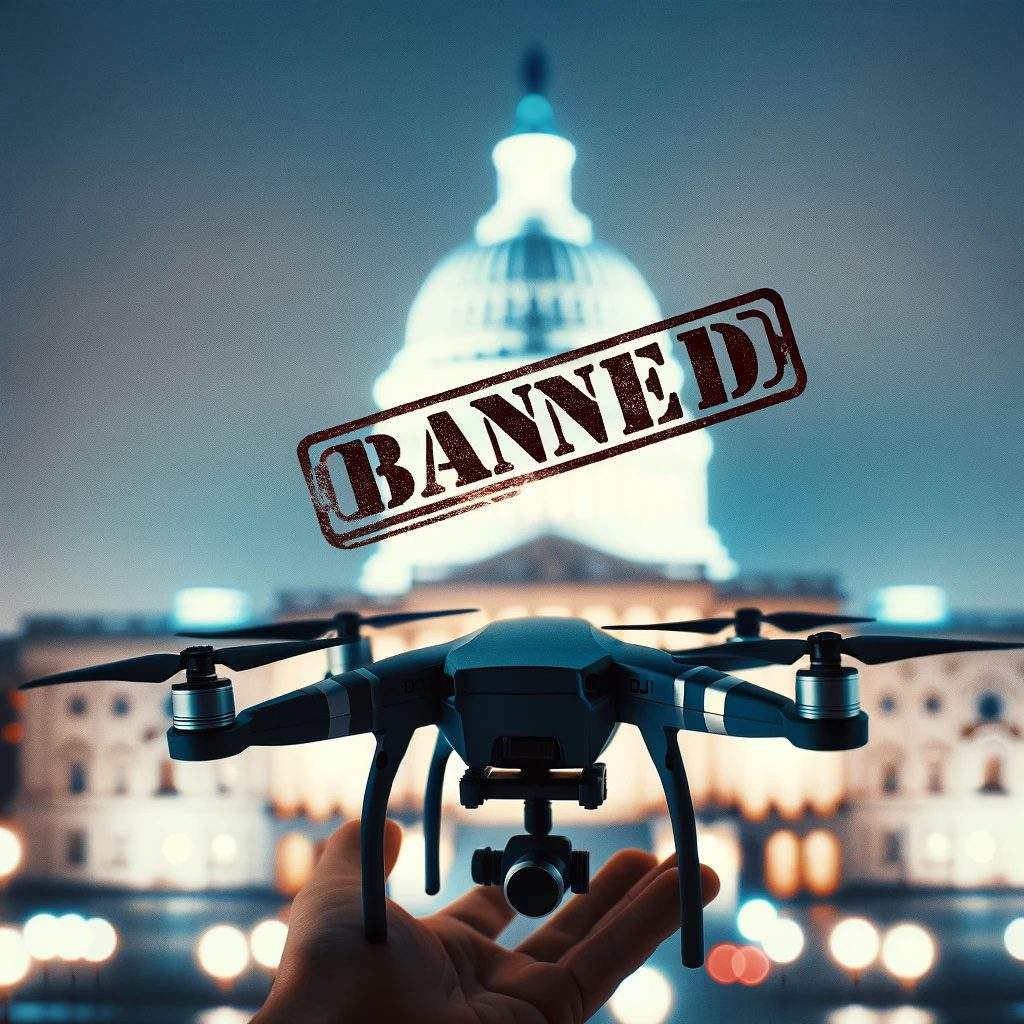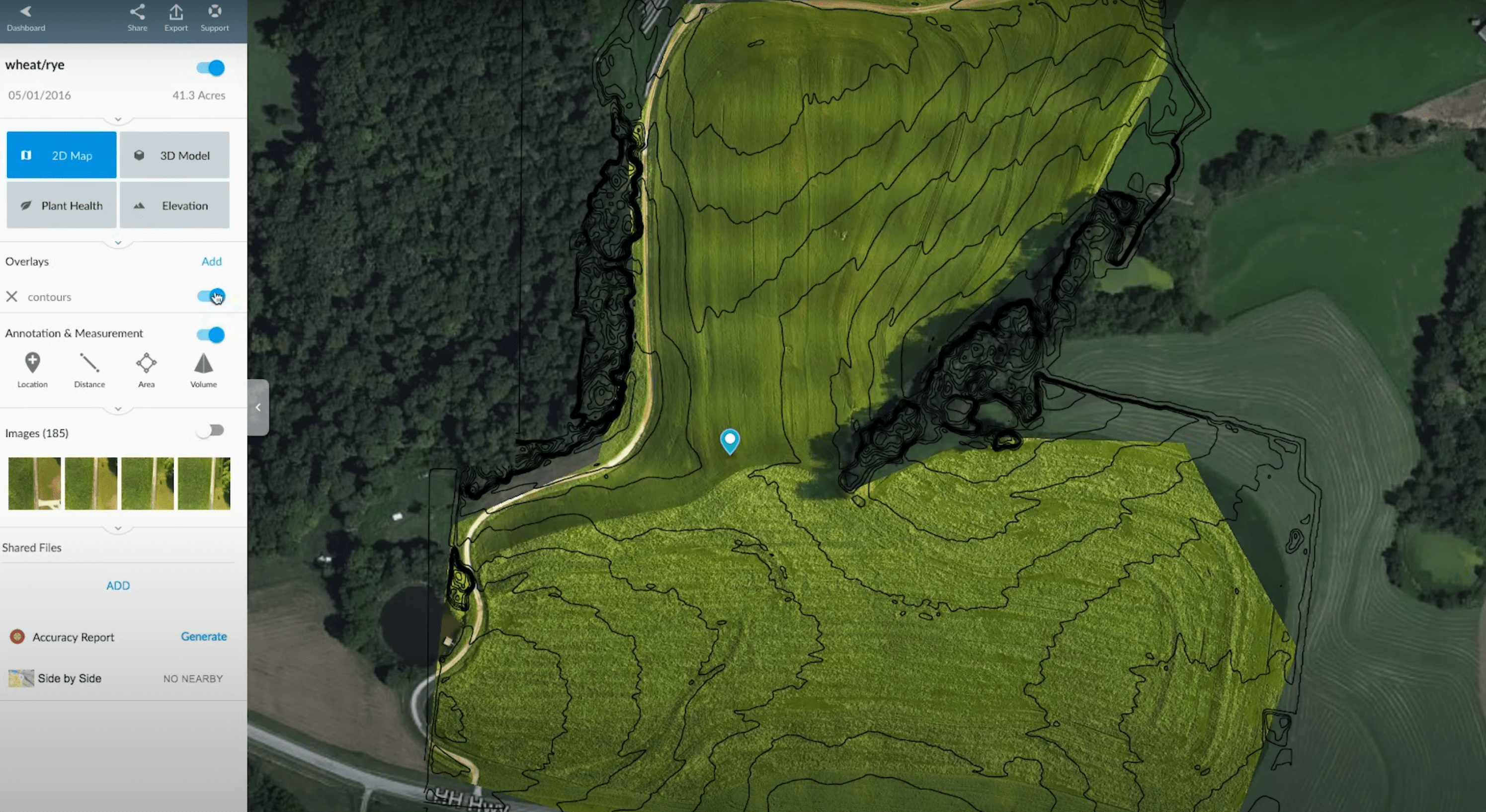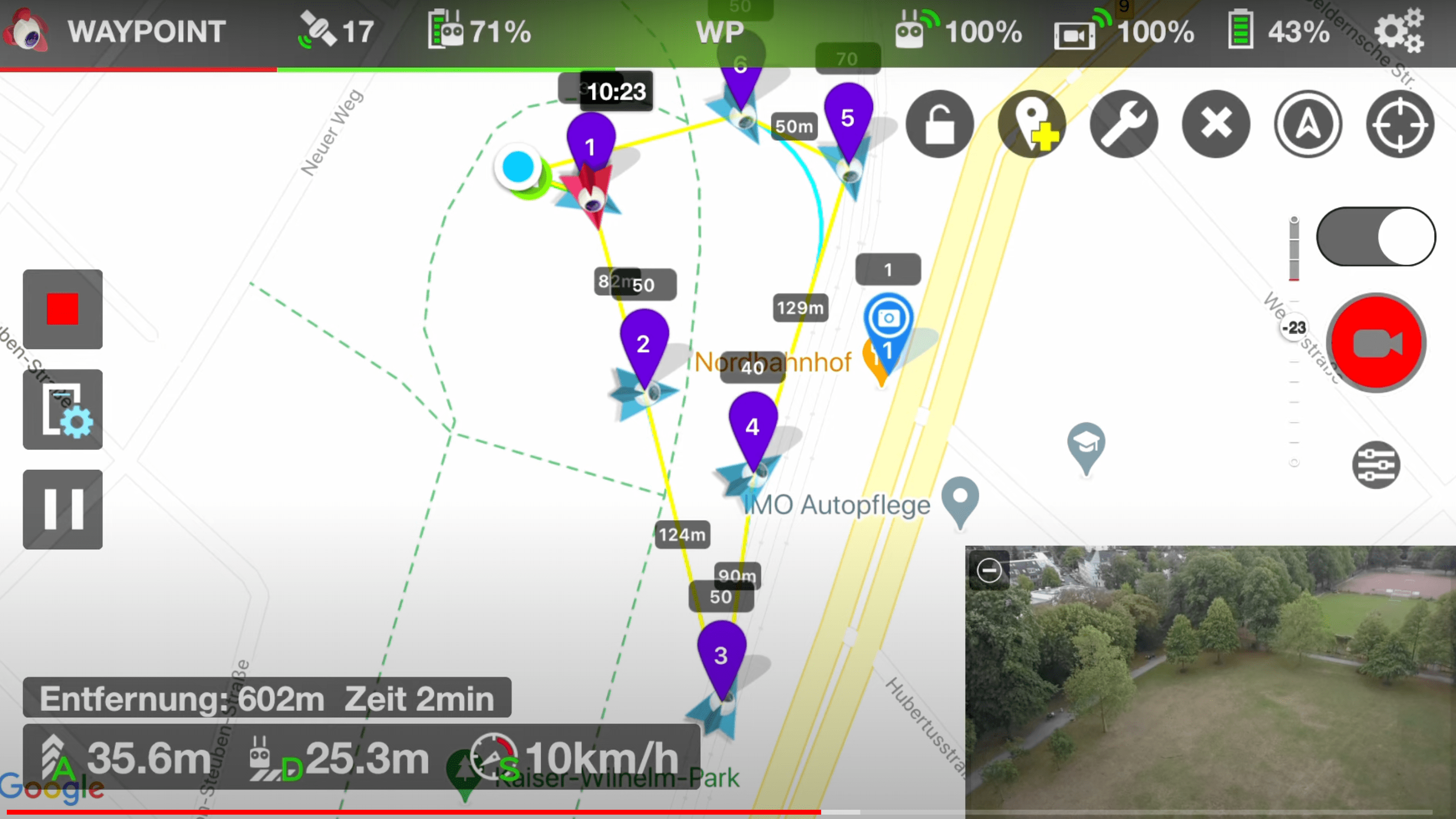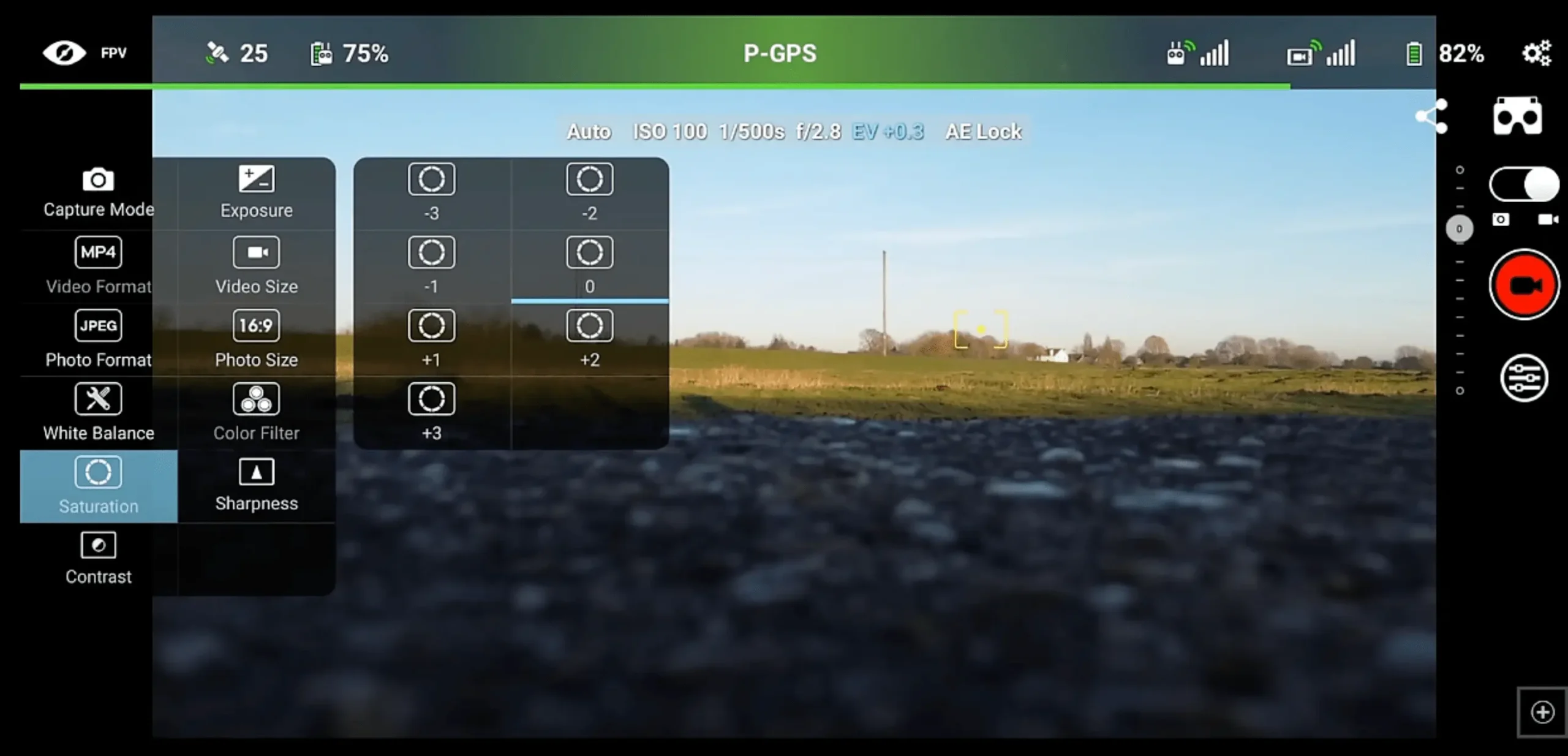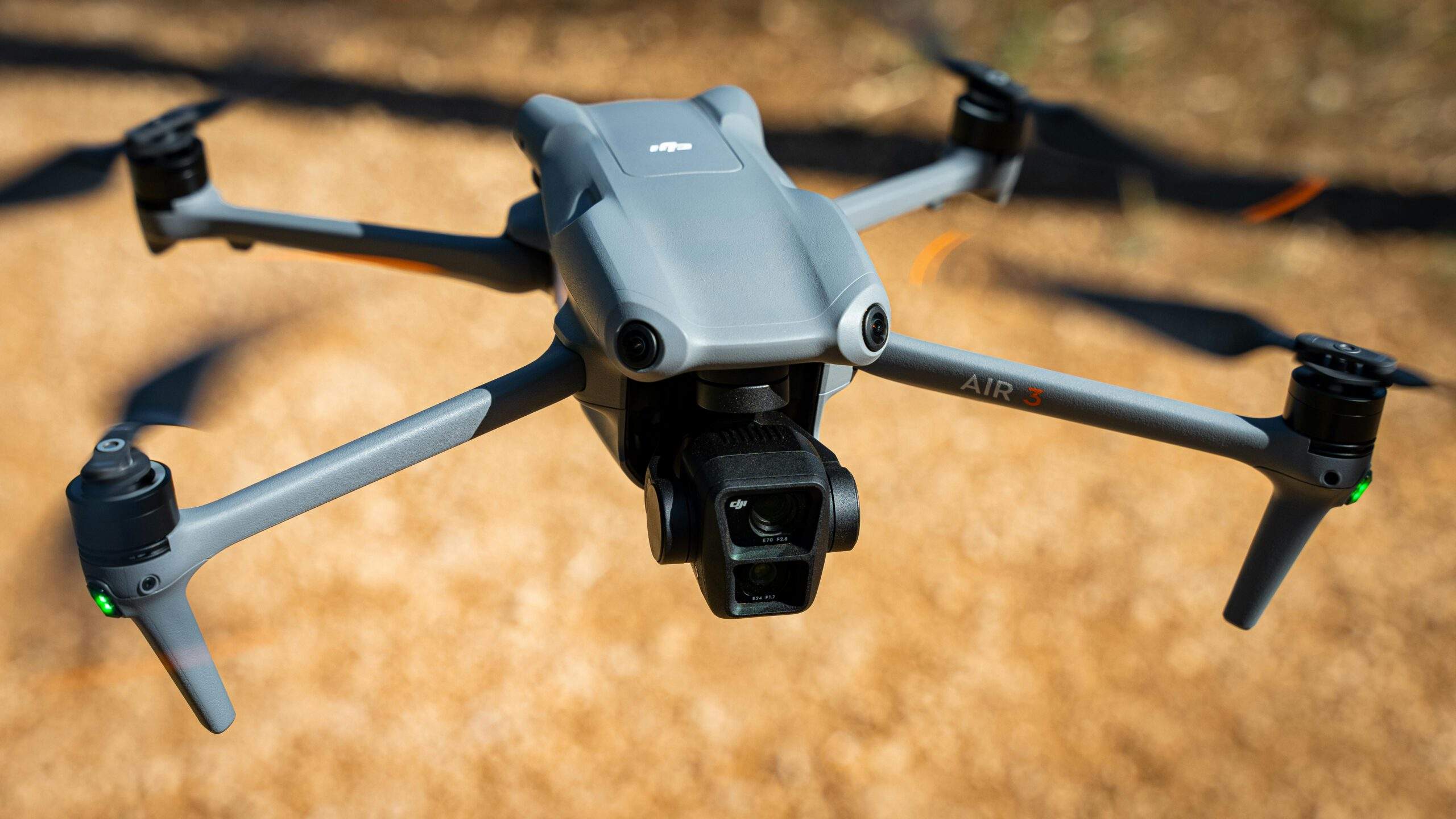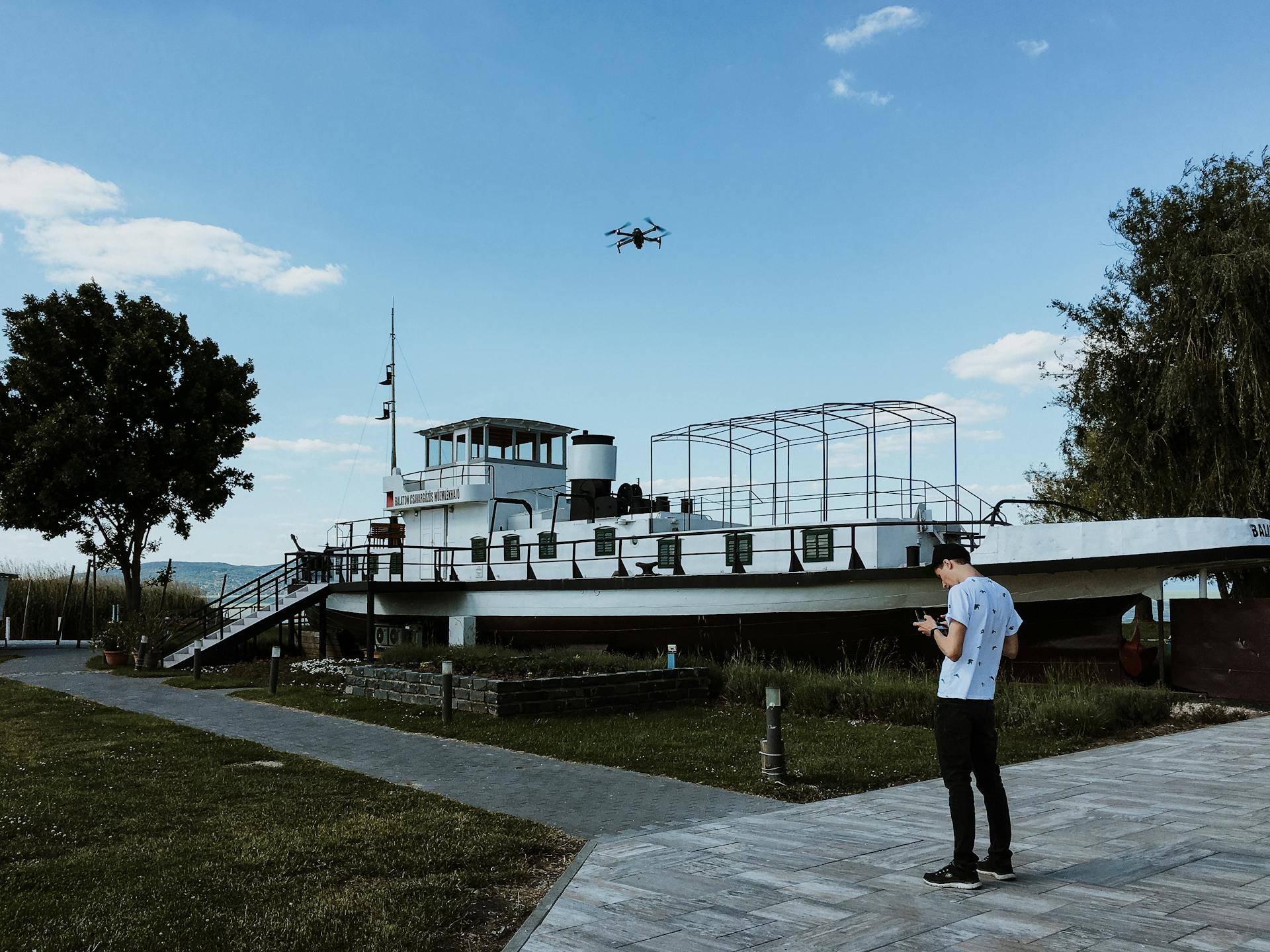Hello there! With so many drones out there, are you wondering which one might be best suited for you? You might ask yourself: Do I need a beginner drone? How much should I be prepared to spend? What’s the difference in price really? Which drone works best for me?
Don’t worry, I’m here to help you navigate this crowded market, saving you time and potential disappointment. As a drone enthusiast and professional, I’ve had hands-on experience with a wide range of drones. Before diving into the guide, here’s my number one piece of advice: look at someone’s work before you take advice from them. Make sure they have the experience and know what they’re talking about. I do this for work, and everything you’ll see is based on my own experiences.
Beginner Drone Misconception
To start, let’s address one very important point: there is no “beginner” drone. At least, not in the way you might be imagining it. The idea that there’s an easy mode drone with simpler buttons, settings, and less dangerous flight characteristics, is simply not true. From small to big, cheap to expensive, they all behave similarly.
However, there is a price threshold to keep in mind. Anything under $300 is usually considered a toy – a plastic flying object that might give you an hour of fun before it ends up gathering dust in a closet. It might have great reviews on Amazon and boast “HD crystal clear” images, but in reality, it’s just a toy.
FPV Drones
On the other hand, if you’ve seen those exhilarating videos of drones diving off cliffs or flying over lava in Hawaii, you’re probably looking at FPV (First Person View) drones. If this is what you’re interested in, you might want to look at DJI Avada. These drones offer the cheapest entry point into the world of FPV drones. But remember, this is a completely separate avenue and not what we’re discussing today.
Standard Drones
Today, we’re talking about regular photo and video drones. These drones are flown with an app on your phone connected to a remote control. They’re equipped with stabilized cameras that take photos and videos and save them to a memory card.
The drones increase in price and quality, and the main difference is the photo and video quality. Drones like the DJI Mini 2, Mini 3 Pro, Air 2S, Mavic 3, Inspire 2, and others all have different price points and offer varying levels of quality.
Drone Quality
Here’s the deal, if you’re watching footage from these drones and you can’t see a huge difference between the cameras, then you’re in a good spot. It doesn’t mean you’re not an expert, it means that buying a drone is going to be easier for you.
Remember, I have a background in video production and camera operating. I use a variety of angles and framing techniques to get good shots. I also fix any color issues in post-production. So if all of this just looks like good 4K footage to you, you’re going to have a great time with whichever drone you choose.
Drone Brands
Most of the drones I’ve mentioned are DJI drones. This is because DJI dominates the market. They’re the first to come out with new technology, and they offer the highest value. Most people own DJI drones, so you’ll find the most discussion and advice about them online. There are other brands of drones, but DJI is by far leading the race.
Smart Drones
The drones we’re dealing with here are smart drones. They connect to satellites, know where they are (GPS), and can fly far away while still maintaining a connection. They have sensors to prevent crashing, they warn you if anything is wrong, and they won’t take off if it’s illegal to do so.
They also record the location of take-off and can fly back to you before the battery runs out automatically, or if there’s an issue like the phone or the controller dying.
Understanding the Highs and Lows of Modern Drone Technology
The number one way to improve image quality in a drone is to have a larger sensor. This is also the reason why more expensive drones cost more. They sit in a weight class that gives a professional quality of footage that’s good enough to sell. But keep in mind that while any of these drones will provide good footage, a smaller one like the Mini 2 won’t outperform a Mavic 3 if the filming conditions are similar.
Why Bigger Sensors Matter
A larger sensor significantly improves the dynamic range. This means it’s capable of capturing both bright highlights and dark shadows simultaneously. You would notice the difference most evidently when filming a sunset; a drone with a larger sensor would render much more visible clouds and shadows underneath.
Another advantage of a larger sensor is its ability to handle low light situations better, which becomes extremely handy if you’re filming after sunset. Though, this wouldn’t matter in the photography world where you can still take phenomenal long exposure shots with an older drone due to the advanced technology of these gimbals that can remain completely still and soak in light.
Choosing Your Drone: Quality Over Specs
When it comes to the actual drone purchase, note that resolution is not the primary concern anymore since most drones offer at least 4K footage. You shouldn’t stress about whether a drone offers 6K or 8K – what matters is the sensor size. For instance, even though Lord of The Rings wasn’t filmed in 8K, it’s still enjoyable to watch. And remember, social media platforms will compress your footage anyway, reducing its quality significantly.
As for frame rates, whether it’s 60 or 120 frames per second doesn’t really matter. The cinematic look is achieved at 24 frames per second and all drones offer that at a minimum. Higher frame rates are mainly beneficial for slow-motion footage.
Selecting a Drone: What Really Matters
When it comes to choosing a drone, the important factors for most users are the smart remote, compatibility, active track modes, and sensor size. If you’re a hobbyist, the Mini 3 will provide a fantastic experience. However, if you’re serious about drone videography, or even plan to use it professionally, consider a drone like the Mini 3 Pro or the Mavic 3.
Interestingly, the Mini 3 Pro also has a unique feature where the camera can turn sideways to film full 4K vertically – a handy feature for content creators aiming for platforms like Instagram or TikTok.
Quality Footage and Learning the Ropes
The journey of a drone enthusiast is full of learning and growth. Nothing beats capturing footage from a new perspective and having it turn out even better than the real experience. And if you’re using one of the larger drones, it qualifies you for professional work.
It’s important to remember that achieving quality footage requires more than just turning on your drone. Conditions, cinematography, lighting – all these play a significant role. With the right approach and gradual learning, you’ll be producing breathtaking drone footage in no time.
What Drone To Buy?
To cut to the chase, the best drone out right now is the Mavic 3. The quality you can get for the price is simply mind-boggling. But remember, you still need to understand certain conditions and settings to get the best out of it.
Overall, if you’re getting into drones, now is a great time. Drone technology is moving at lightning speed and the quality you can get for the price is truly amazing.
Stay tuned for the next part of our guide, where we’ll dive deeper into the specific features, use-cases, and pros and cons of some of the most popular drones on the market.
Final Thoughts
Whether you’re a hobbyist or a professional, choosing the right drone can open up a whole new world of videography. Remember to plan ahead, know what you want to shoot, and most importantly, have fun flying your drone. Because once you start seeing the amazing footage you can capture, it can become an addicting pursuit of capturing the world from above.
Happy flying!

